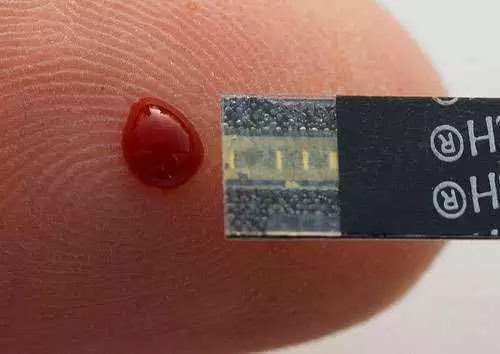IgA class Reticulin antibodies are found only in Celiac disease and dermatitis herpetiformis. These antibodies are found in approximately 60% of celiac disease patients and 25% of DH patients. This test is falling into disuse because of the limited utility and the availability of better tests. IgA class endomysial antibodies are very specific, occurring only in celiac disease and DH. These antibodies are found in approximately 80% of patient with DH and in essentially 100% of patients with active celiac disease. IgA endomysial antibodies are more sensitive and specific than either reticulin or gliadin antibodies for diagnosis of celiac disease. Antibody titers are found to parallel morphological changes in the jejunum and can also reflect compliance with gluten-free diets. Titers decrease or become negative in patients on gluten free diets and reappear upon gluten challenge.
Celiac.com Sponsor (A12):
The purpose of testing for anti-gliadin antibodies includes, in addition to diagnosis of gluten sensitive enteropathy, monitoring for compliance to a gluten free diet. IgA gliadin antibodies increase rapidly in response to gluten in the diet, and decrease rapidly when gluten is absent from the diet. The IgA anti-gliadin antibodies can totally disappear in 2-6 months on a gluten-free diet, so they are useful as a diet control. By contrast, IgG anti-gliadin antibodies need a long time, sometimes more than a year, to become negative.
The reverse is also true. That is, a patient with celiac disease who has been on a gluten-free diet and tests negative for IgA anti-gliadin antibodies, will show a rapid increase in antibody production when challenged by gluten in the diet. Approximately 90% of challenged patients will yield a positive IgA anti-gliadin result within 14-35 days after being challenged. The test results you reported are consistent with a patient who is conforming to a gluten-free diet.




Recommended Comments
There are no comments to display.